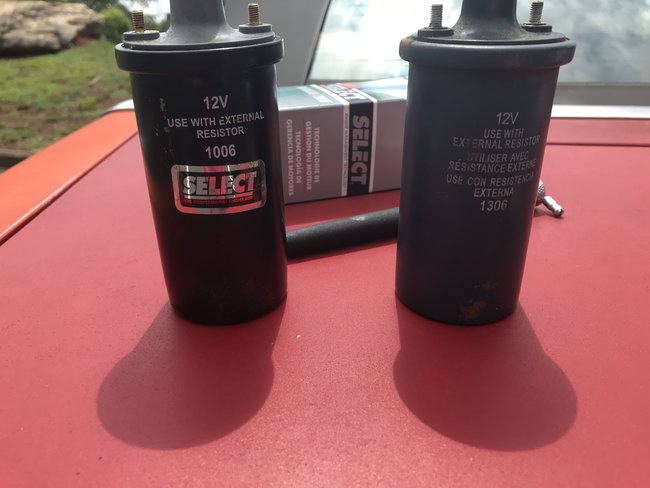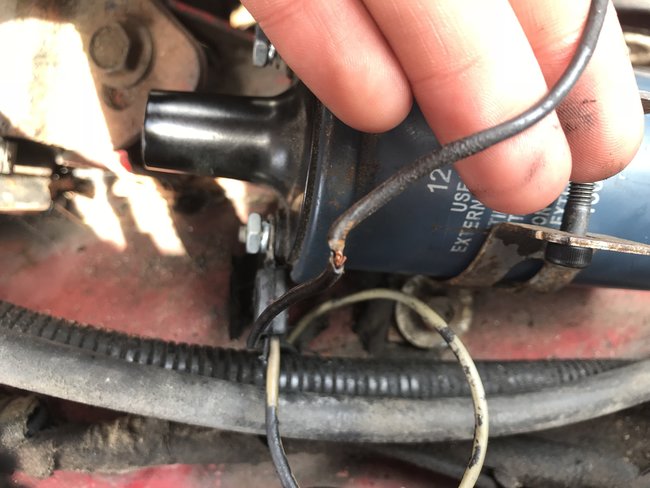Now, I’m seeing this. When I put a test light to the positive terminal, it’s fine and lights up perfectly. When I put it to the negative terminal, it almost never lights up, and I don’t see that pulsation you would expect on that side. I checked the continuity, and there is continuity between the negative terminal wire, and the pin in the 14 way connector for the ignition coil driver wire. I also cleaned it a bit to help, but it didn’t do anything. What does this mean? I’m not getting pulsation which explains the no spark, but why no pulsation?
SPONSORED LINKS
Was this helpful?
Yes
No
Wednesday, June 19th, 2019 AT 6:50 PM







